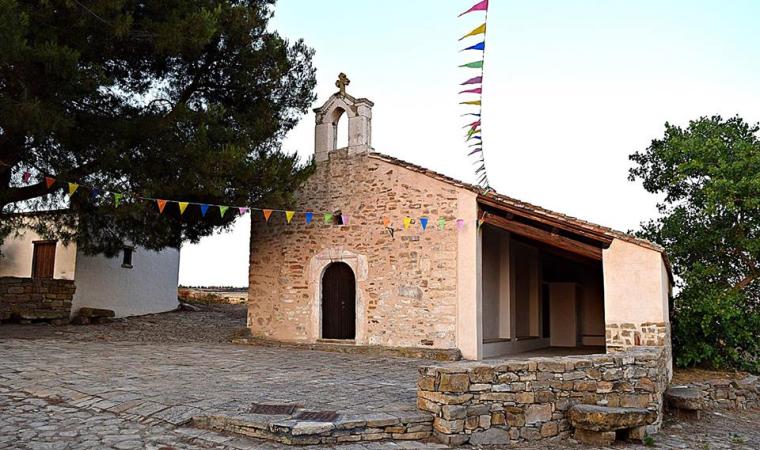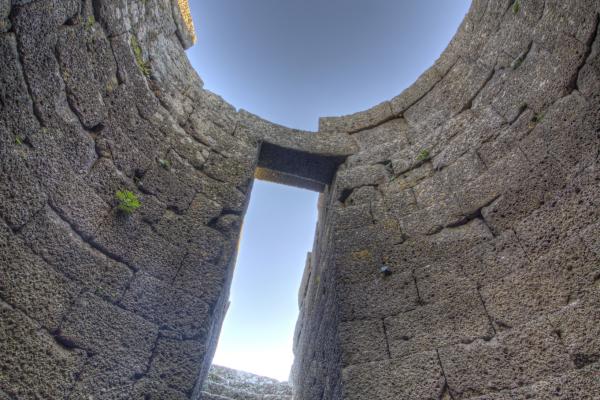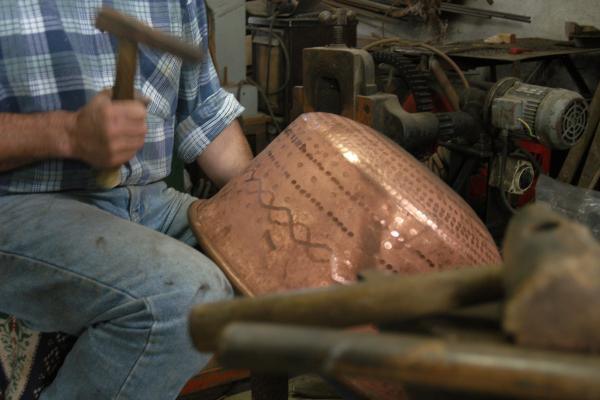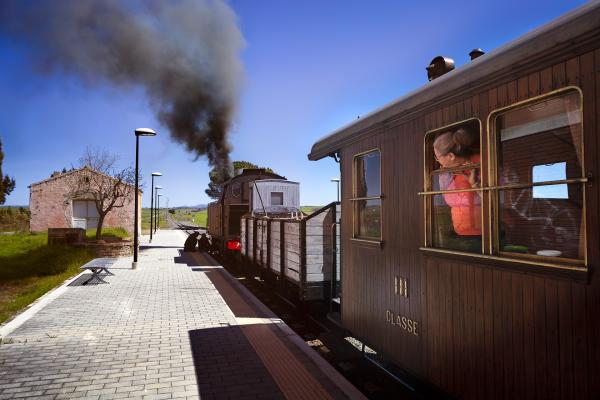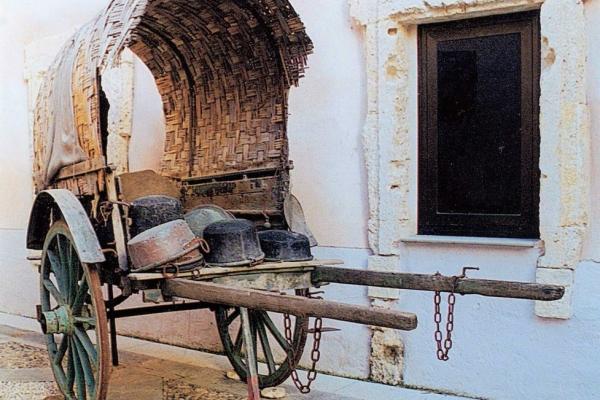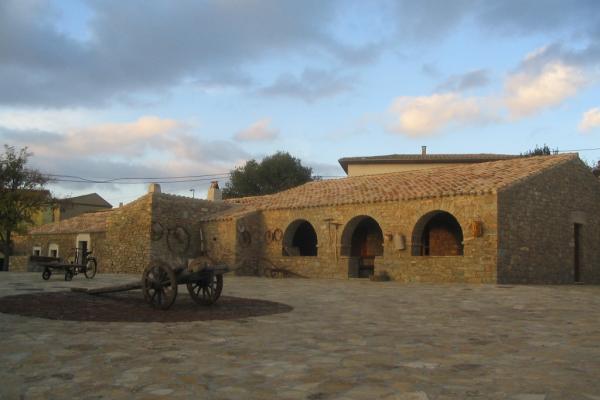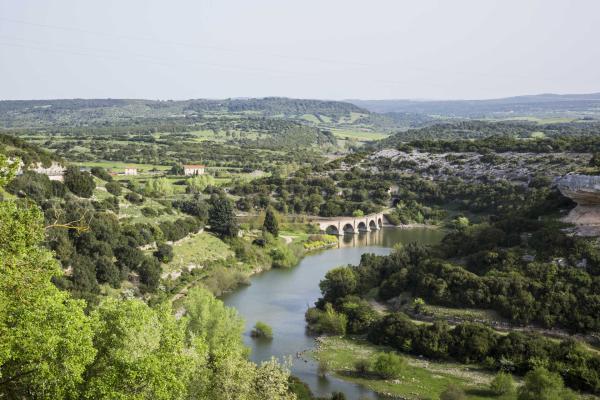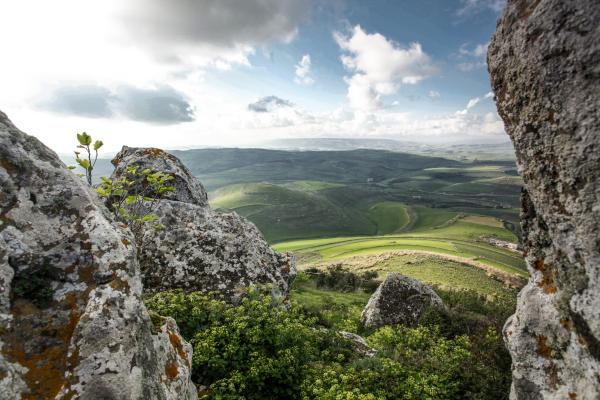Escolca stands at the foot of the Giara di Serri, in the historical territory of Sarcidano, bordering Trexenta. A small agricultural village with 600 inhabitants, it is replete with olive trees, grains and grape vines cultivated throughout the land. Characterising the local craftsmanship are historic frames for embroidering fabrics and woven baskets. The town is spread out around the parish church of Santa Cecilia, in late Gothic style. The village first arose in the 11th century as the Villa di Escolca of the Curatoria di Siurgus, in the Giudicato of Cagliari. There are several legends regarding the origins, with talk of a scolka, as in a group of small villages, or as a guardhouse to watch over the fields. What is certain is that the territory was inhabited since the Nuraghic period, as is evidenced by the nuraghe Mogurus, a monotower constructed with basaltic rocks. There are also remarkable findings that date back to the Roman period.

Town
This small town on the north-eastern border of the southern Sardinian province is surrounded by fertile land and is rich in fascinating historical remnants
This small town on the north-eastern border of the southern Sardinian province is surrounded by fertile land and is rich in fascinating historical remnants
See this place because...
To be visited is a small and characteristic town of the Sardinian hinterlands, a fascinating uninhabited village that comes to life once a year
Pictures and videos
You may also like
More attractions in the vicinity

